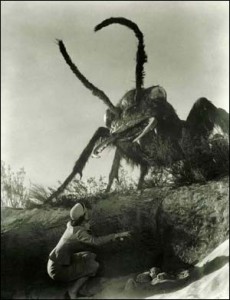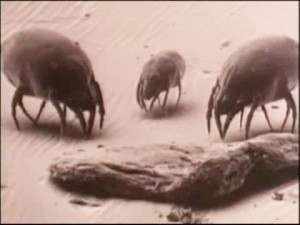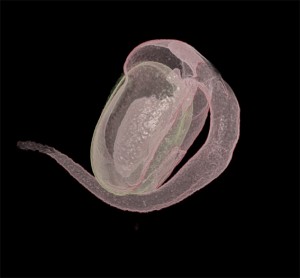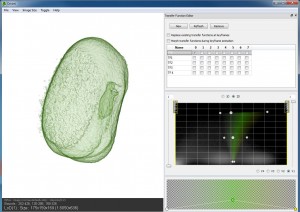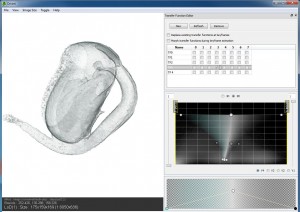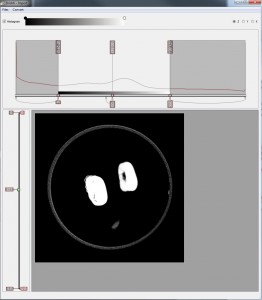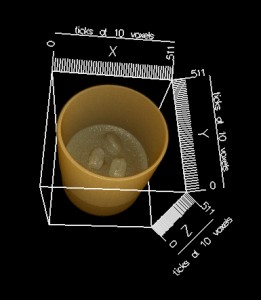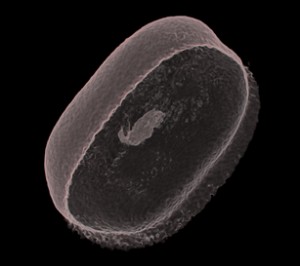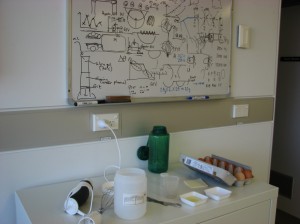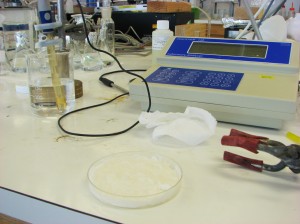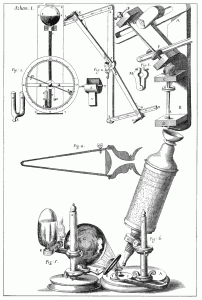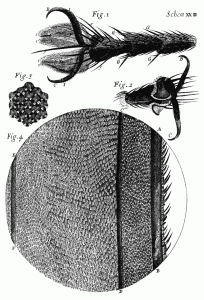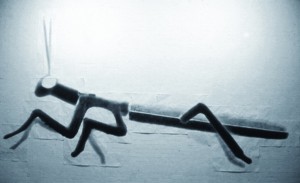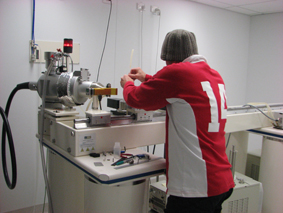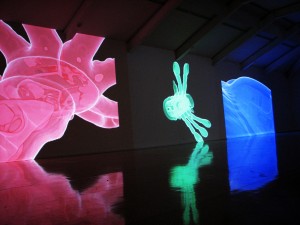As part of Science Week, Alison Munro and I went on a tour of the CSIRO’s Entomology Division’s Australian National Insect Collection. Al and I share a passion for such collections.
Al is currently a PhD candidate in the Textiles Department at the ANU School of Art. We both have a printmaking background and we met when we shared a studio during our Master of Philosophy course in the early 2000’s. Al’s current body of work is inspired by crystallography and she is researching how codes and patterns are used to construct a representation of knowledge about the natural world. As well as drawing she is learning the craft of tapestry as it relates to units of code. Since we met we have collaborated together on a few projects. My favorite was Place original face down (2004) at the ANU School of Art in 2004, where we pulled together a huge group of local artists from a wide range of disciplines; sculpture, painting, collage, printmaking and photography – all of whom use photocopy as a process in their practice. The exhibition ran concurrently with the NGA’s Print Symposium. Al and I also exhibited our work together in Super Natural (2006) in the UK. More recently we have joined with a larger group of like minded artists; Penelope Cain, Waratah Lahy, Kirstin Farrell, Ellis Hutch and Rose Montebello. We are taking our work to Level 17 Artspace at the Flinders street campus of Victoria University in October 12 this year in the exhibition Natural Digression.
What you immediately encounter on entering the ANIC is the intense smell of naphthalene and camphor, (I was reminded immediately of my late Grandmother) which is used as a barrier to keep pest infestations from eating everything. Beth Mantle the Collection Manager, showed us an example box devastated by pests; nothing left but the remnants and debris of what had been a collection of pretty Christmas beetles. Beginning 1928, there are now over 12 million specimens in the collection and it includes beetles, flies, bees, butterflies, moths, and other related groups such as mites, spiders, earthworms, nematodes and centipedes. We were shown display boxes of beautiful and fascinating specimens, but I would also have enjoyed sliding out the thousands of draws for a closer look.
This is a physical collection, where researchers can visit or borrow samples, but it is yet to be fully digitised, if ever. This is a problem that all museums and galleries are facing with their collections. Now that we are in the era of instantaneous web searching one just expects that an entire collection such as this should be available online. But without adequate resources, such a project will never be possible, and it could take years to record such a collection; including matching the identification tags, GPS locations, provenance etc. I imagine an entomologist would need various angles of each specimen to make it worthwhile, and consider that many insects are several times smaller than a pinhead, the tags not being much bigger. There would be various benefits of having the collection digitised, for example; expeditiously identifying exotic species in quarantine before they unleash havoc on our native environment.

Callophris Rubi, Holger Averdunk, consultant, ANU Department of Applied Mathematics. This is one frame from a 3D animation extracted from electron tomography images of photonic crystal structures found in the wings of the butterfly Callophris Rubi.
Before I decided to looking at the sprouting beans, I had contemplated approaching the CSIRO to Micro CT a selection of specimens, but I’m not yet convinced this is the track I want to go down. But a few months ago I was in Vizlab when a number of CSIRO researchers visited to have a look at the capabilities of Drishti and XCT. Such a process would relevant to the CSIRO and many questions arose around the purpose of and possibilities of 3D XCT. A good question was asked if the Drishti software could collate and compare data – such as wing span or other biological information – but as Ajay and Drew explained, Drishti is a volume exploration tool only. It would take long enough to photograph the ANIC let alone XCT it! There is no simple way to digitize this enormous collection. Ajay has rendered a volume of data of rhinoceros beetle, I’m not sure where it is from, but it is beautiful. The Department has also worked on electron tomography images of photonic crystal structures found in the wings of the butterfly Callophris Rubi, as it is now understood that the blue iridescence is not pigment, but the way the light reflect on the microscopic configurations.
There are a few artists who do use insects in their work. eX de Medici is of course the first to come to mind as many of her drawings and watercolour paintings are informed by ANIC having been an artist in residence in the CSIRO entomology Division since 1999. Her moth paintings symbolise the brevity and ephemeral nature of life; and while eX acknowledges natural history illustration and scientific classification, she also draws inspiration from vanitas, the 17th C Dutch tradition of memento mori painting.



